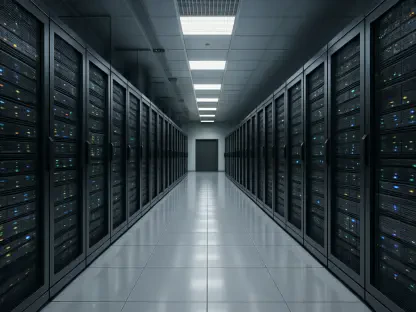Recent Supreme Court decisions have sparked debates about the shifting landscape of federal authority, with implications for numerous sectors. As the highest court curbs the regulatory reach of agencies like the FDA and EPA, stakeholders across industries are left pondering the future dynamics of legal and regulatory frameworks. This roundup seeks to explore diverse perspectives on how these monumental rulings shape current and future federal dynamics, with insights from various experts, industry leaders, and legal analysts.
Unpacking Historical Context
Understanding the latest Supreme Court decisions requires an appreciation of their historical context. Experts emphasize that these rulings stem from a legacy of judicial skepticism towards extensive federal regulation. The decisions are not isolated events but part of a broader trend questioning expansive agency authority, reflecting a long-standing debate between federal oversight and state or business autonomy.
Legal historians suggest that analyzing previous rulings offers a window into today’s legal landscape, where the balance of power between federal agencies and other entities is continually negotiated. The tension between innovation, economic growth, and regulatory control is a recurring theme.
The Importance of Federal Agency Authority
The authority of federal agencies remains a critical issue because it defines the scope of their influence over numerous aspects of public and economic life. Industry experts caution that limiting this authority could hamper essential regulatory oversight, potentially leading to unchecked practices in sensitive sectors such as public health and environmental protection.
Some industry leaders argue that agency oversight is crucial for maintaining industry standards and public trust. Conversely, others advocate for less restrictive regulations, suggesting they can stifle growth and innovation. The debate reveals the high stakes involved in determining the correct balance of power.
Key Supreme Court Rulings
Vaping Industry Ruling
The ruling favoring the vaping industry, which allows them more latitude in challenging FDA marketing denials, is a significant example of the court’s philosophy of limiting regulatory overreach. Legal analysts note that this decision reflects a shift toward prioritizing economic interests in emerging industries over stringent public health oversight.
Public health advocates express concerns about the potential consequences of relaxed regulations on vaping. However, proponents within the industry believe that less restrictive rules foster innovation and competition, potentially benefiting consumers with more choices and better products.
Vehicle Emissions Standards
In a decision affecting vehicle emissions standards, the Supreme Court revived challenges against California’s stringent environmental regulations. This reflects ongoing tensions between state autonomy and federal oversight, as California often sets trends that influence national policy directions.
Environmentalists argue that strong state-level standards are critical for combating climate change. Meanwhile, automotive industry representatives warn that inconsistent regulations can lead to increased costs and operational difficulties, affecting both producers and consumers.
Terrorism-Related Lawsuits
The unanimous decision allowing terrorism victims to sue Palestinian leadership within U.S. courts exemplifies the court’s stance on upholding victims’ rights in international contexts. Legal experts posit that this ruling highlights a commitment to justice and accountability, with wider ramifications for international diplomacy and legislative practices.
Critics, however, caution against potential geopolitical tensions arising from such judicial decisions, emphasizing the need for careful consideration of international laws and agreements.
Reflecting on Broader Implications
The Supreme Court’s recent rulings represent more than individual legal battles; they are indicative of larger shifts in regulatory philosophy. Industry leaders and legal scholars stress the potential for long-term implications on broader economic and social stability, questioning the future role of federal agencies in shaping policy.
These rulings have broader societal implications, potentially redefining how businesses interact with regulatory bodies and influence future legal interpretations. The decisions also foster ongoing debates about state versus federal jurisdiction and the proper extent of regulatory oversight.
Synthesizing the Impact
Synthesizing insights from various sources reveals the complex interplay of regulatory changes and industry adaptation. Experts suggest that federal agencies and industries must evolve in response to these legal shifts, adopting strategies that align with the current legal environment while preserving innovation and public welfare.
Navigating this legal terrain requires a keen understanding of both technical regulations and broader policy implications. Agencies and industry players must engage in dialogue to ensure their strategies are informed by legal realities.
Securing Stability Amidst Change
Understanding the long-term effects of these Supreme Court rulings involves examining how they reshape both legal interpretations and practical implementations. As federal dynamics evolve, stakeholders must remain vigilant in assessing challenges and opportunities born from these legal precedents.
The evolving landscape offers an opportunity for critical engagement with emerging issues, ensuring that regulatory approaches keep pace with legal developments. By fostering informed discussions, industry leaders and policymakers can chart a path forward that upholds stability, innovation, and public interest in an ever-changing legal environment.









